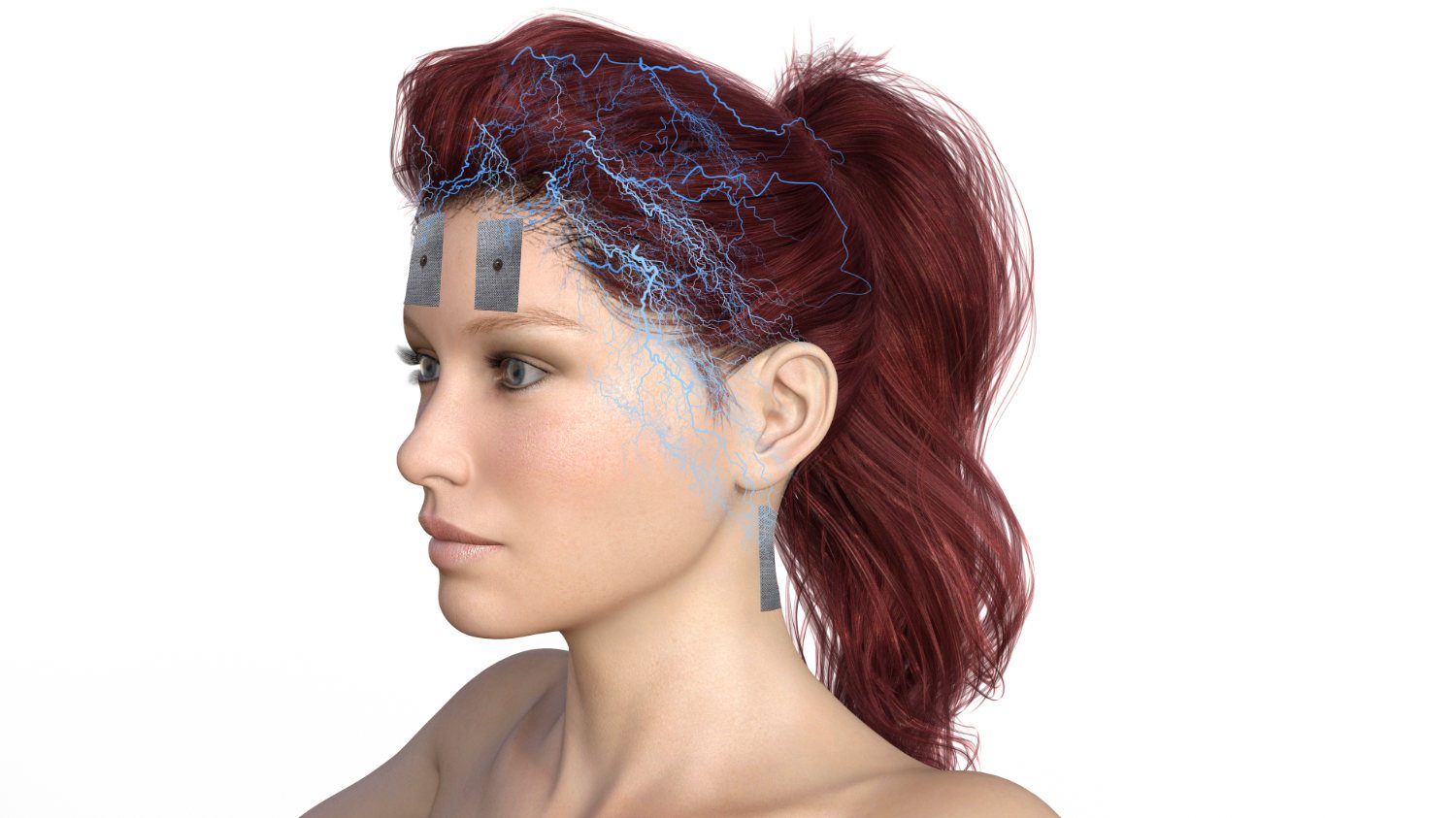« Back to Glossary IndexDieser Beitrag ist auch verfügbar auf:
 Deutsch
Deutsch
M. subclavius
The position and function of the subclavian muscle actually already indicate that this muscle reacts accordingly when there is a disturbance/’fault’ in the postural system. If the posture is not correct, the position of the shoulder girdle, the shoulder joint, is also not correct.
Then the subclavian muscle reflexively goes into dysfunction. The areas of transfer pain are interesting. They are often treated by the therapist, but they are also often misinterpreted. There are also overlaps with other areas of radiation. For example, it is ‘commonly’ said that pain/sensory disturbances in the area of the thumb, index finger, middle finger are attributed to disorders in the cervical spine C7/Th1. This is also the case, but it can also come from the subclavian muscle.
It is probably the case that it is not possible to differentiate exactly between the two. This brings us back to our big topic ‘Away from the symptom, towards the system‘. Because: in the end, a trigger point in a muscle is also just a symptom.
Treating it more or less alone is often too short-sighted. You have to find the fault in the system – as is almost always the case.
As is well known, malpositions in this region can come from other parts of the body; insufficient compensation for an injury in the lower extremity, for example. Or (as current cases show) internal/organic cause in the pelvis – massively weak pelvic floor with considerable incontinence causes massive shoulder-neck complaints in this case, including visually visible damage to two intervertebral discs. Pelvic floor functionally improved – complaints above then only need to be treated concomitantly to achieve a more sustainable result.
« Back to Glossary Index
![]() Deutsch
Deutsch







